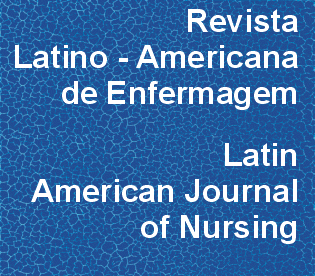Potential drug interactions in intensive care patients at a teaching hospital
DOI:
https://doi.org/10.1590/S0104-11692009000200013Keywords:
intensive care units, drug interactionsAbstract
This study assessed potential drugs interactions in intensive care patients at a university hospital in Ceará, northeast Brazil. Of 102 patients studied, 72.5% were exposed to 311 potential drug-drug interactions; 64% of them were females aged 60 years or more and hospital stay was at least 9 days. A statistically significant association was found between number of drugs used and the occurrence of drug interactions. A total of 1,140 drugs were scheduled to be administered concomitantly; of these, 74% had potential for drug interactions. As for the classification of these events, 48.2% had a pharmacokinetic profile; 55.4% were of slow onset; 54.7% had moderate severity; and 60.6% were well-documented in the literature. The most common clinical action taken was "to monitor signs and symptoms". Nursing staff can perform 80% of preventive actions to avoid undesirable effects of drug interactions. However, nurses need to have adequate knowledge about drug action mechanisms and triggering factors associated to drug interactions.Downloads
Download data is not yet available.
Downloads
Published
2009-04-01
Issue
Section
Original Articles
License
RLAE’s authorship concept is based on the substantial contribution by each of the individuals listed as authors, mainly in terms of conceiving and planning the research project, collecting or analyzing and interpreting data, writing and critical review. Indication of authors’ names under the article title is limited to six. If more, authors are listed on the online submission form under Acknowledgements. The possibility of including more than six authors will only be examined on multicenter studies, considering the explanations presented by the authors.Including names of authors whose contribution does not fit into the above criteria cannot be justified. Those names can be included in the Acknowledgements section.
Authors are fully responsible for the concepts disseminated in their manuscripts, which do not necessarily reflect the editors’ and editorial board’s opinion.
How to Cite
Potential drug interactions in intensive care patients at a teaching hospital. (2009). Revista Latino-Americana De Enfermagem, 17(2), 222-227. https://doi.org/10.1590/S0104-11692009000200013



